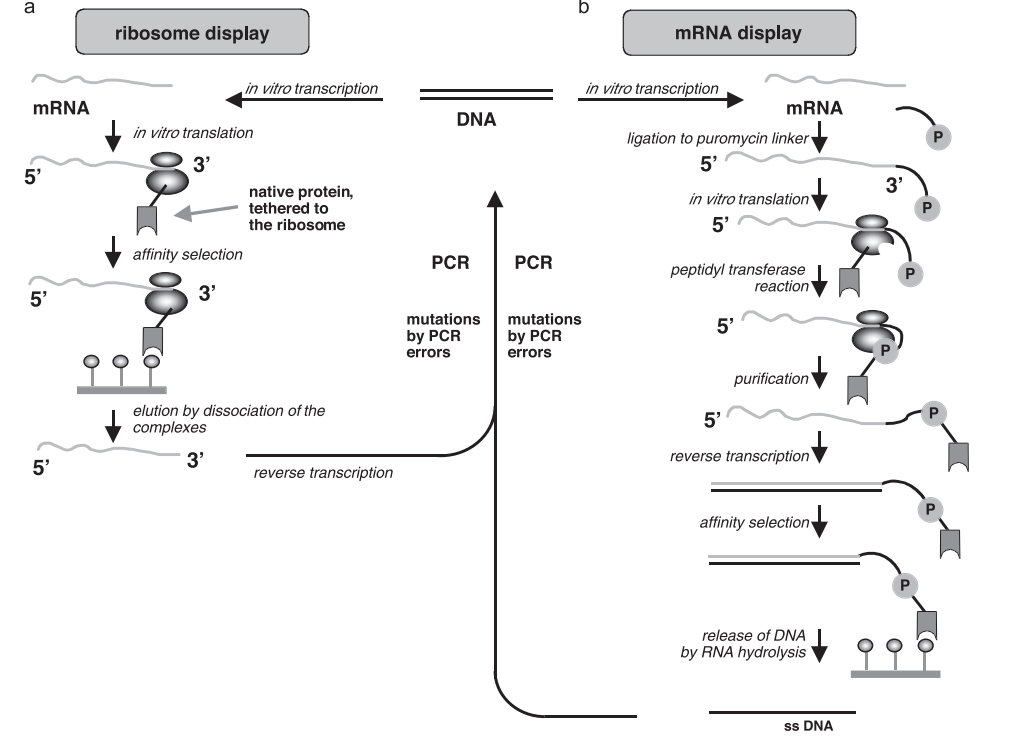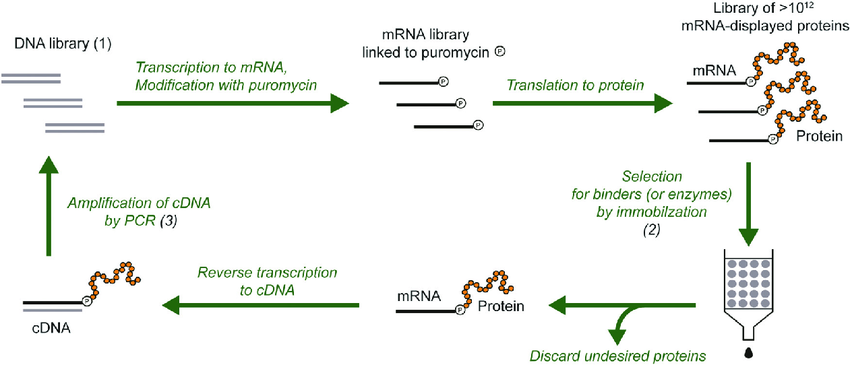The recombinant protein expression technology was established in the early 70s of the 20th century, in which the target gene was introduced into the host cell through a vector, and the target protein was produced with the help of the host’s protein production mechanism. Nowadays, many researchers use prokaryotic or eukaryotic cells such as Escherichia coli, yeast, insects, and mammals as host cells, and have laid a solid foundation for modern protein biochemistry research through a variety of carrier expression systems.

1 Prokaryotic expression systems: the wonder factory of E. coli
Prokaryotic expression systems, especially those represented by Escherichia coli (E. coli), are the earliest and most economical way to produce proteins. The E. coli expression system is one of the earliest and most widely used prokaryotic cell expression systems. It is widely used in molecular biology and biotechnology research, including gene cloning, protein expression, and production, as a tool to study protein function. Here are a few key features of the E. coli expression system:
(1) Rapid growth: Escherichia coli can complete cell division in as little as 20 minutes to achieve rapid reproduction;
(2) Low cost: the medium is simple and the cost is low;
(3) High expression level: high levels of recombinant proteins can be generated;
(4) Lack of complex modifications: Without complex post-translational modifications, such as glycosylation, subsequent protein refolding may be required.
Application: It is suitable for protein expression with simple structure and low post-modification requirements.
Advantages: clear genetic background, low cost, high expression level, good stability, strong anti-pollution ability.
Limitations: Expressed proteins may form inclusion bodies, requiring additional refolding steps.
2 Eukaryotic expression system
The eukaryotic protein expression system is a platform that utilizes eukaryotes, such as yeast, insect, and mammalian cells, to produce recombinant proteins. These systems are capable of complex post-translational modifications, which are essential for the biological function of many proteins.
1. Yeast protein expression system: an early model of eukaryotic function
The yeast protein expression system is a technology platform that uses yeast cells as hosts to produce recombinant proteins. Yeast cells are single-celled, eukaryotic microorganisms with many favorable properties suitable for protein production, especially methanol yeast, which is favored for its both prokaryotic and eukaryotic properties. Methanol yeast is a class of yeasts that can use methanol as the only carbon source and energy source, among which Pichia pastoris has become an important host in the field of protein expression and biopharmaceuticals due to its unique methanol utilization ability and efficient exogenous gene expression ability. Here are a few common yeast expression systems and their characteristics:
(1) Eukaryotic characteristics: it has the ability to post-translate and modify some eukaryotic cells;
(2) Expression level: it can reach a high level;
(3) Stability: It can be secreted into the culture medium for easy purification.
Application: Suitable for proteins that require some degree of post-translational modification.
Advantages: high expression level, inducible, glycosylation mechanism close to higher eukaryotes.
Limitations: Some protein products are easily degraded and the expression level is uncontrollable.
2. Insect baculovirus expression system: ingenious application of baculovirus
The Insect Cell Expression System (ICES) is a biotechnological tool based on insect cells, typically ovarian cells of insects of the family Spodoptera frugiperda, for the production of recombinant proteins and viral vectors. This system uses baculo virus as a vector for exogenous genes that enable complex post-translational modifications in eukaryotic cells. It has the following characteristics:
(1) Post-translational modification: it has the ability to process post-translational modification of eukaryotic cells;
(2) High expression: the expression of exogenous genes can reach 50% of the total protein of insect cells;
(3) Safety: safe for vertebrates.
Applications: Suitable for proteins that require complex glycosylation and other post-translational modifications.
Advantages: Histones have complete biological functions, such as the correct folding of proteins, the collocation of disulfide bonds.
Limitations: Exogenous protein expression is regulated by very late viral promoters and may be accompanied by cell death.
3. Mammalian cell expression system: the closest to natural expression
The Mammalian Cell Expression System is a technological platform for the production of recombinant proteins in mammalian cells that are able to provide post-translational modifications that closely resemble the human environment in vivo, resulting in proteins that are more closely related in activity to native proteins. These systems are able to provide post-translational modifications that closely resemble native proteins, such as glycosylation, phosphorylation, and protein folding, which are essential for the function of many biopharmaceuticals and complex proteins. Here are a few key features of the mammalian cell expression system:
(1) Complex modifications: Capable of complex post-translational modifications, such as glycosylation.
(2) Expression level: The expression level ranges from low to medium, depending on the selected cell line and vector.
(3) Cost: relatively high, high operation technical requirements.
Applications: Suitable for the expression of proteins that require strict post-translational modifications, such as certain therapeutic proteins.
Advantages: The expressed recombinant protein is close to the human conformation, which is suitable for studying the function of some specific proteins.
Limitations: Expression is relatively low, costly, and can sometimes lead to viral infection.
The choice of each system depends on the characteristics of the protein of interest, the desired protein yield and quality, and the specific needs of the experiment. For example, for proteins with simple structures that do not require complex modifications, prokaryotic expression systems may be a cost-effective option. For proteins that require specific modifications, yeast or mammalian cell expression systems are more suitable. Insect cell expression systems are suitable for proteins that require complex post-translational modifications in a eukaryotic cell environment.
CD Biosynsis can provide E. coli protein purification services from codon optimization, vector construction to recombinant protein expression and purification, and can select different expression tags and expression hosts according to customer needs to achieve one-stop protein purification services. If you have any needs, please feel free to consult!
Service process
- Scheme communication: Select the purification scheme based on the properties of the protein itself (molecular weight, isoelectric point, etc.), such as SpCas9 protein, 160kDa, pl=9.2, then the ultrafiltration tube is 50kDa, the protein gel concentration is 10%, and the buffer pH is 8.0
- Construction of expression vector: Based on the selection of appropriate purification tags (histidine tag, histidine sumo fusion tag, chitin binding tag, surface bud binding tag, etc.), appropriate expression plasmids, and enzyme digestion, construct expression vectors.
- Sequence validation: DH5a amplification expression vector, sequence validation using specific primers, and sequencing validation of PCR products.
- Protein purification: transfer the expression vector into the expression strain (BL21 (DE3), Rosella (DE3), etc.), select the appropriate affinity chromatography purification method through the purification label, further purify the protein through ion exchange chromatography and gel filtration chromatography, and verify the protein purity after ultrafiltration tube concentration,
- Activity verification: Activity verification is carried out based on the properties of the protein itself, such as SpCas9 protein’s in vitro cleavage assay to qualitatively determine the protein’s cleavage ability, and the cleavage activity of the cleaved product is quantitatively calculated using the Qsep system.
Example of SpCas9 protein purification
Protein purification

Activity Verification – Qualitative










